When to plant and how to properly care for a soft cuff
The soft cuff is easy to recognize in the garden landscape, this original ornamental plant forms lush clumps and has beautiful foliage and dim, but abundantly blooming flowers. The culture is completely unpretentious in care, the main thing is to comply with the planting dates, do not forget about the basics of gardening.
Short description
The soft cuff is a herbaceous perennial belonging to the pink family. The main distinguishing features of the plant are large leaves, similar to an open fan, and even more to the lush cuffs of the century before last, and abundant flowering. It, together with the foliage, gives the bush a massive and luxurious look. Duration of flowering - all summer. Particularly attractive are the miniature buds located in greenish-yellow inflorescences, which form on long processes, which eventually bend closer to the ground.
Site selection and landing technology
In order for the culture to quickly take root in the garden, the place for it must be sufficiently lit, without through winds and with a neutral, loose, high humus soil. Open glades with loamy soil and well fertilized organic matter are also suitable. If it is not possible to plant a plant on the sunny side, then you can identify it in partial shade.
The soft cuff fits as follows:
- Dig a hole, taking into account the size of the root system of the seedling, but not less than 30 cm in width and depth.
- At the bottom, 8-10 cm, lay drainage from fine gravel, expanded clay.
- Top with soil mixed with humus or compost in a 1: 2 ratio.
- Place the plant in the hole and cover the roots with soil, tamping it lightly.
- Water the perennial and mulch with sawdust, peat (layer - 6-8 cm).
The optimum distance between seedlings is 35-40 cm, given that as it grows, the bush begins to grow strongly.
Subtleties of cuff care
Proper care of the plant involves the implementation of basic agricultural work. In addition, pruning and winter protection will be required.
Watering. The culture does not like waterlogging of the soil. Watering should be moderate and done as the topsoil dries. More abundant irrigation is required in dry weather.
Top dressing. Organic fertilizer must be applied at the root every spring. This will be quite enough for the normal growth and development of the bush.
Pruning. The procedure is needed to maintain an attractive appearance of the cuff. Dried leaves are subject to removal. If the bush bloomed in the fall for the second time, then the pruning is repeated.
Shelter for the winter. In order for the plant to survive severe frosts painlessly, it is mulched with fallen leaves or peat. When grown in temperate climates, the crop may not be cut off, then its dried leaves will act as mulch.
Reproduction methods
There are several effective ways to dilute the soft cuff, including:
- Division of the bush. The operation is carried out during the warmer months of the year. Select the overgrown bush, carefully dig in. Rinse the rhizome and divide with pruning shears. Plant the delenki in pre-prepared holes (with the addition of peat) and do not forget to water on time.
- Seed growing. The material can be collected or purchased from the respective store. Seeds are sown in late autumn. Prepare containers with fertile soil, moisten it and cover the seeds. After a couple of weeks, move the crops outside or in a cool room, covering them with foil.With the arrival of spring, bring the containers to a warm place for germination.
- Cuttings. When the cuff has faded, separate the rosettes and plant in soil for rooting for two weeks. Plant the plants later in their permanent location.
In the case of using a soft cuff for medicinal purposes, it is recommended to choose places with low light. Otherwise, under the influence of direct sunlight, the plant loses its healing properties.
Diseases and pests
A decorative perennial does not require special care, but errors in cultivation lead to various ailments. In addition, parasites love to feast on curly bushes.
Mold. The disease develops against the background of excessive watering, which creates a favorable environment for the vital activity of pathogens. Fungi can also appear in conditions of a lack of heat and light, as a result of poorly drying earth. It is quite simple to detect mold on a crop; its main manifestations are large gray spots with a dark border.
At the first suspicion of a disease, treatment with antifungal agents, for example, copper sulfate, should be started. It is also recommended to improve soil drainage, reduce the frequency of watering. Otherwise, the bush will degrade and soon die. When planting, it is recommended to maintain a minimum distance between the bushes so that there is good ventilation.
Rust. The disease can be identified by red or yellow-brown spots on the leaves. As the leaf ages, these spots acquire a dark color. The most effective anti-rust agents are colloidal sulfur, "Oxyhom". Leaves are sprayed with preparations at intervals of 14 days.
Septoria. Symptoms of the disease are raised, rounded, dirty green spots. Slightly depressed spots of gray-green color appear on the underside of the leaf. The disease often develops in the second middle of summer. The fight against septoria begins with the removal of diseased parts of the perennial, they are taken out of the garden and burned. The bush itself is treated with a solution based on a Bordeaux mixture (1%) or with the preparation "Hom", diluted at the rate of 4 g per 1 liter of water.
Ring mosaic. It is easily recognized by the pale green stripes on the leaves. After some time, they turn yellow and combine into large spots, and eventually the plant weakens and dies. The cuff affected by the ring mosaic is removed from the flower garden and burned. If there are traces of the disease on the seedlings, then it is prohibited to use it.
Parasitic insects:
- Aphid. This is one of the smallest perennial pests. Aphids are unpleasantly fertile and can infect most of the plantings in a short time. Insects suck juices from succulent leaves and stems, plants weaken and even die. Karbofos, Iskra, and Confidor are used as potent drugs.
- Spider mite. The pest lives on the back of the leaf, sucking the juices from the plant. The increased activity of parasites is observed at very high temperatures. Here Karbofos, colloidal sulfur and Agravertine are also suitable for wrestling.
The soft cuff captivates with decorative leaves. By planting it on his personal plot, the gardener gets a luxurious bush that can bloom twice a year. And, most importantly, the plant perfectly adapts to the environment and does not require special care.
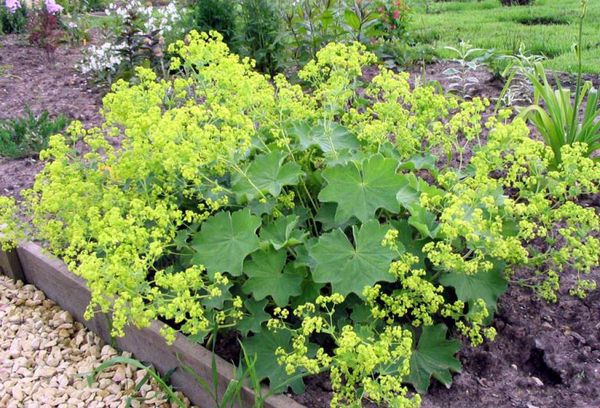

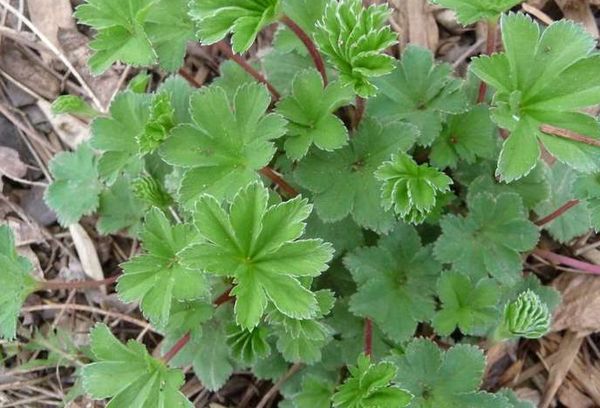
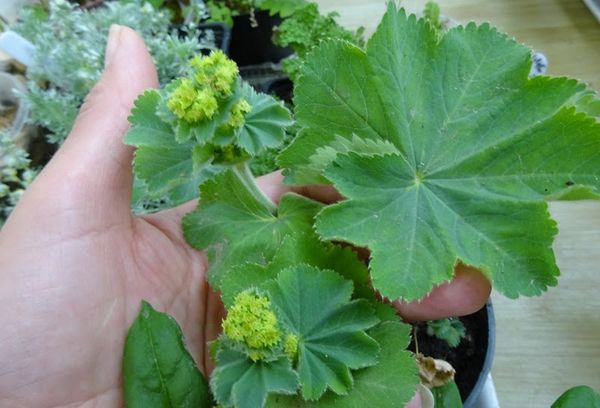
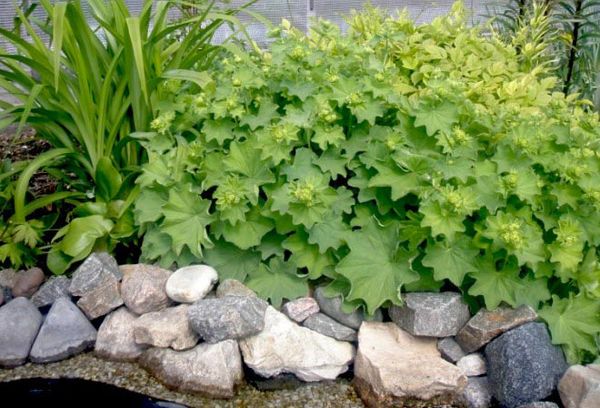
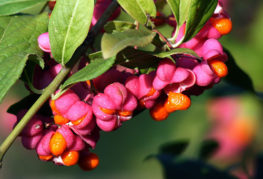
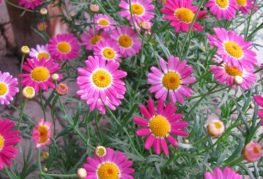
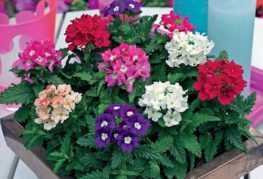
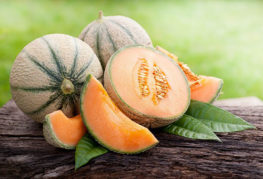
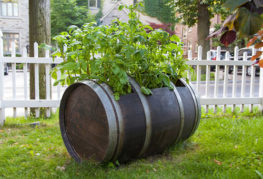
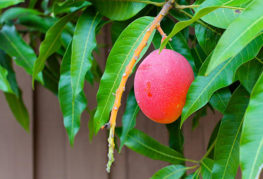
and will be published shortly.